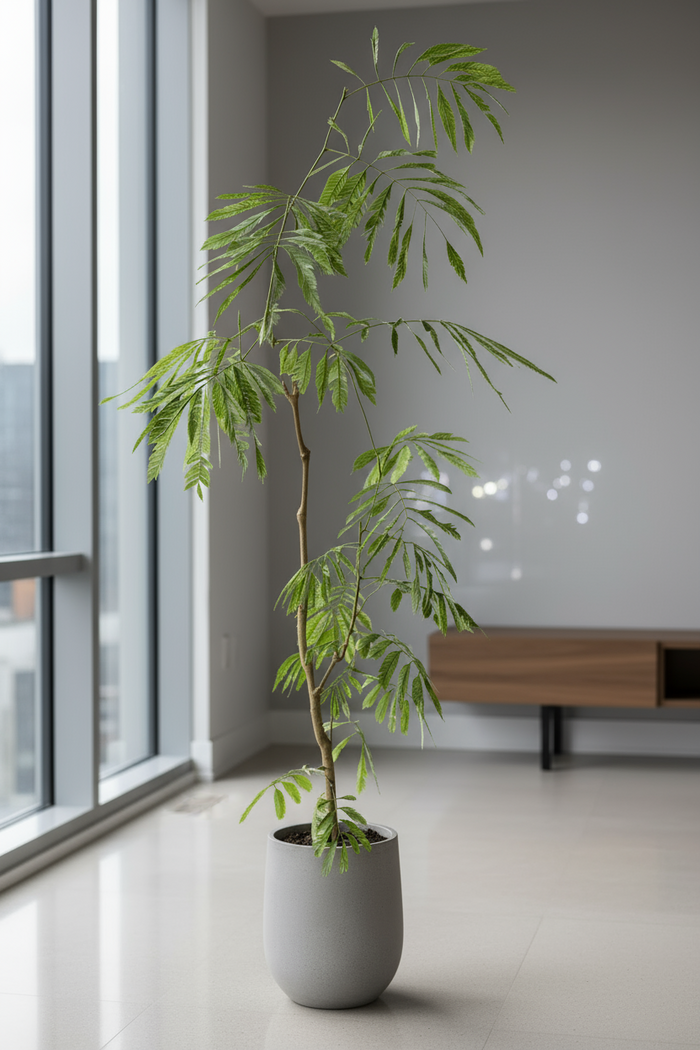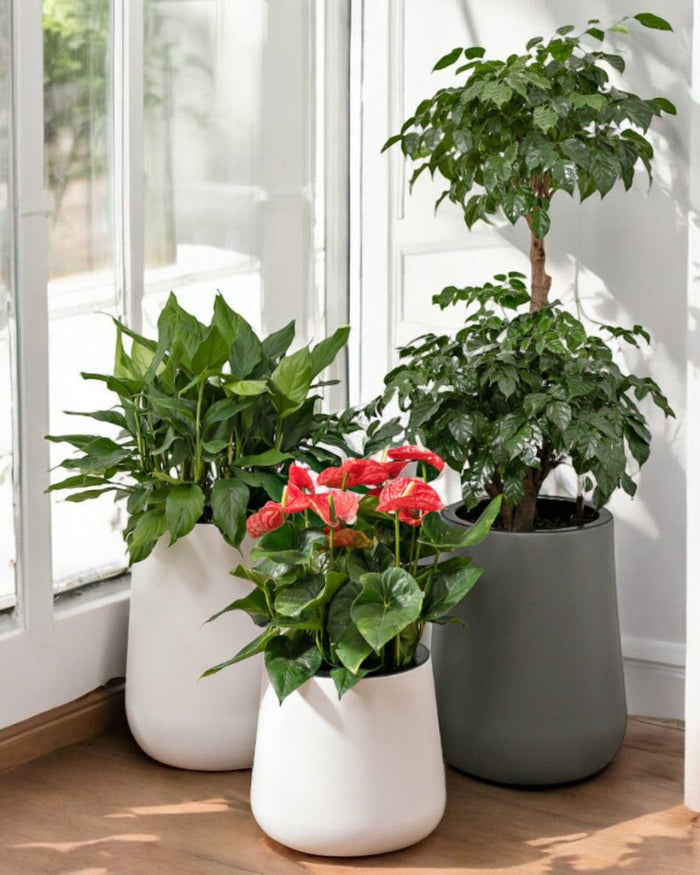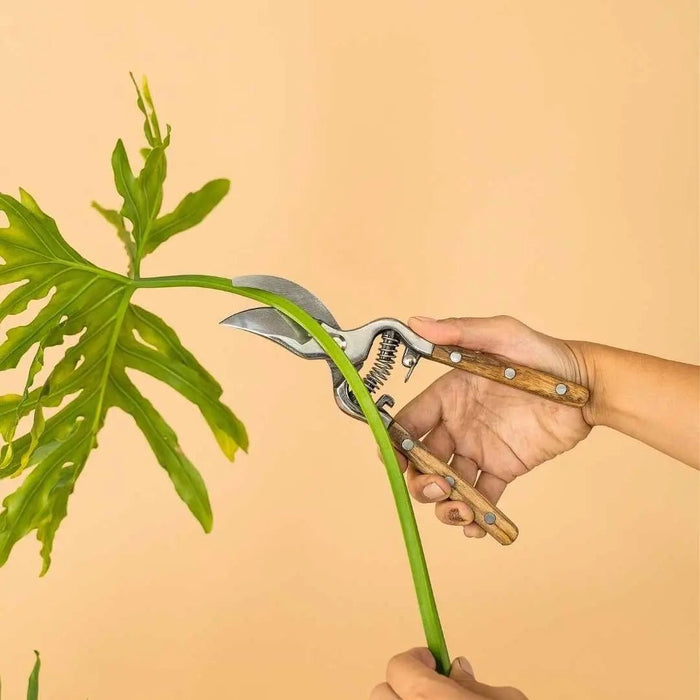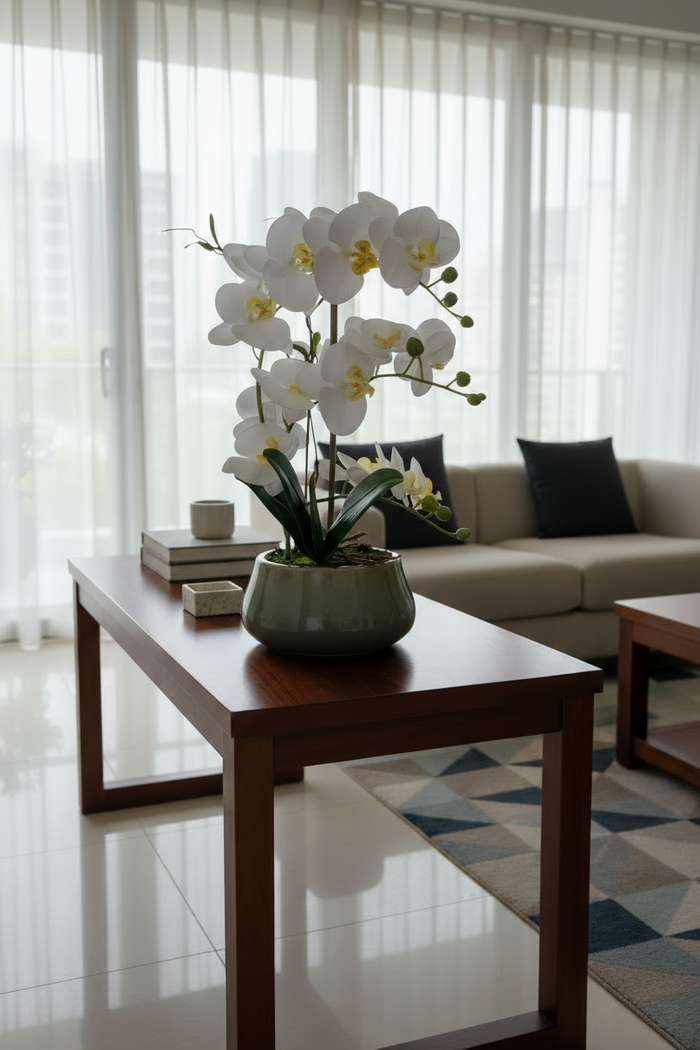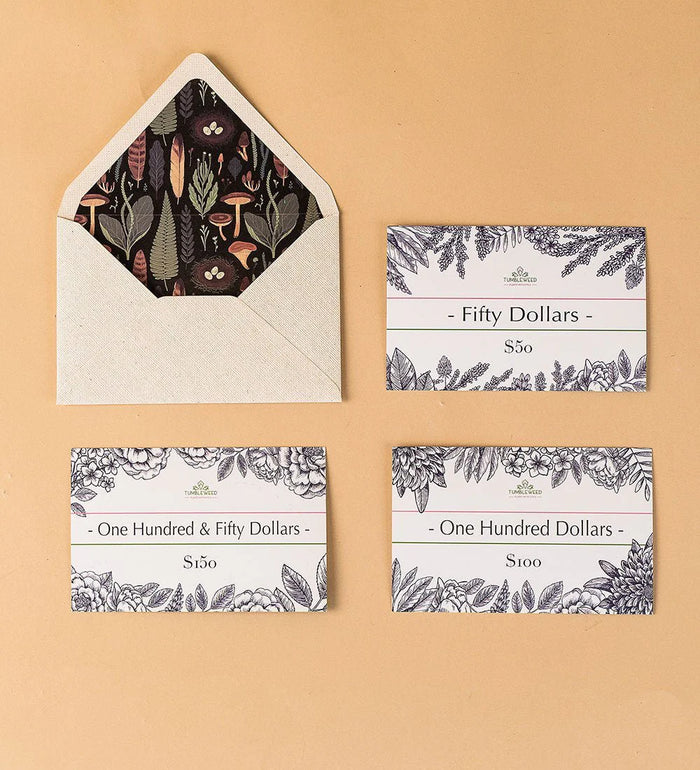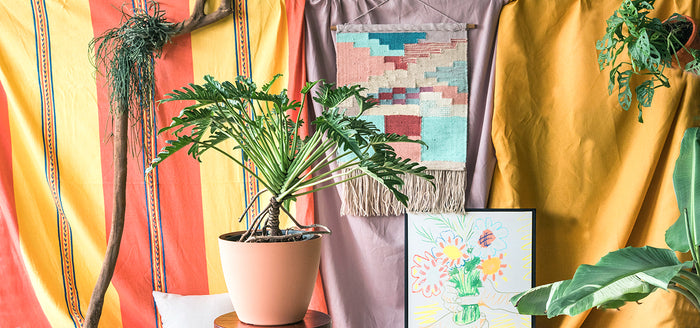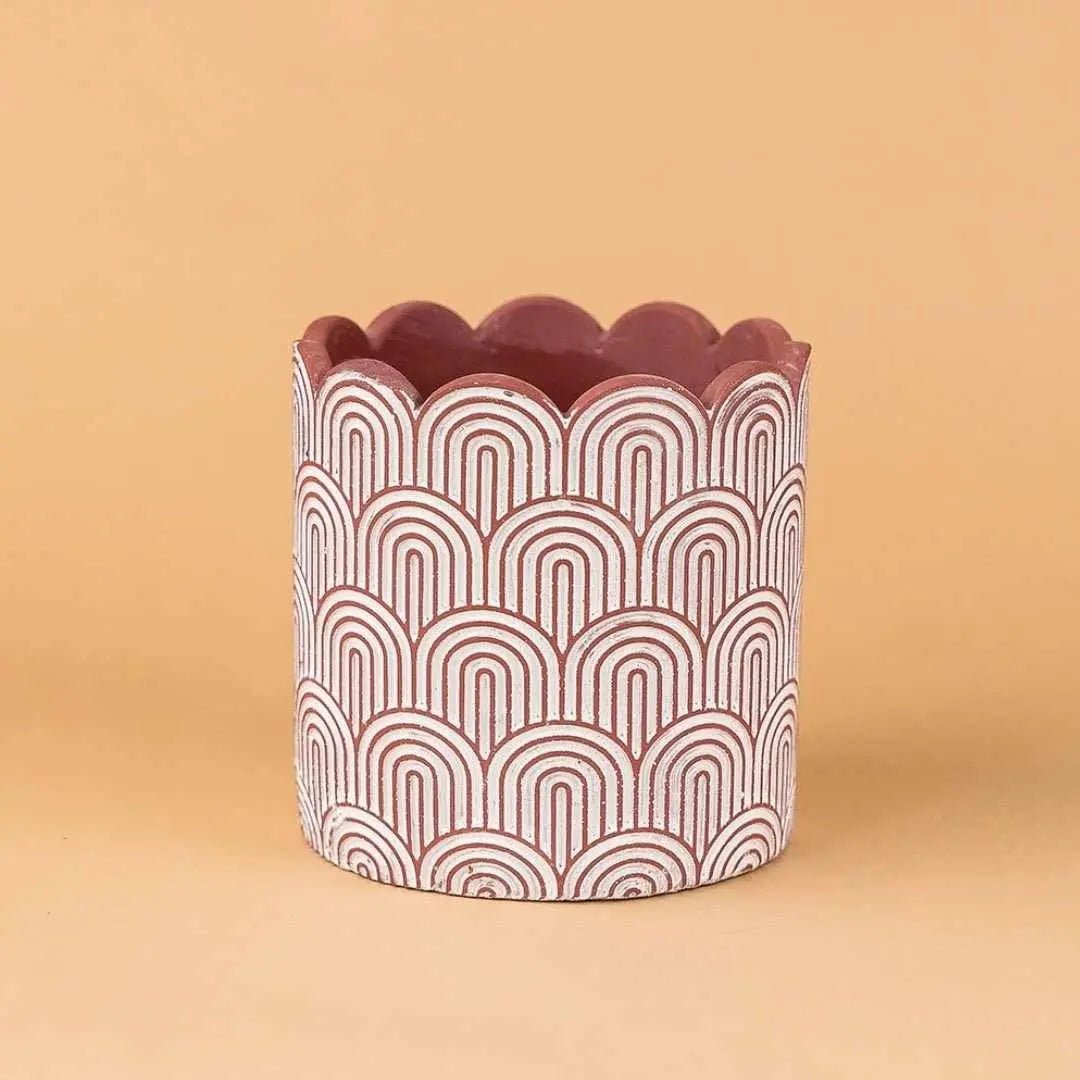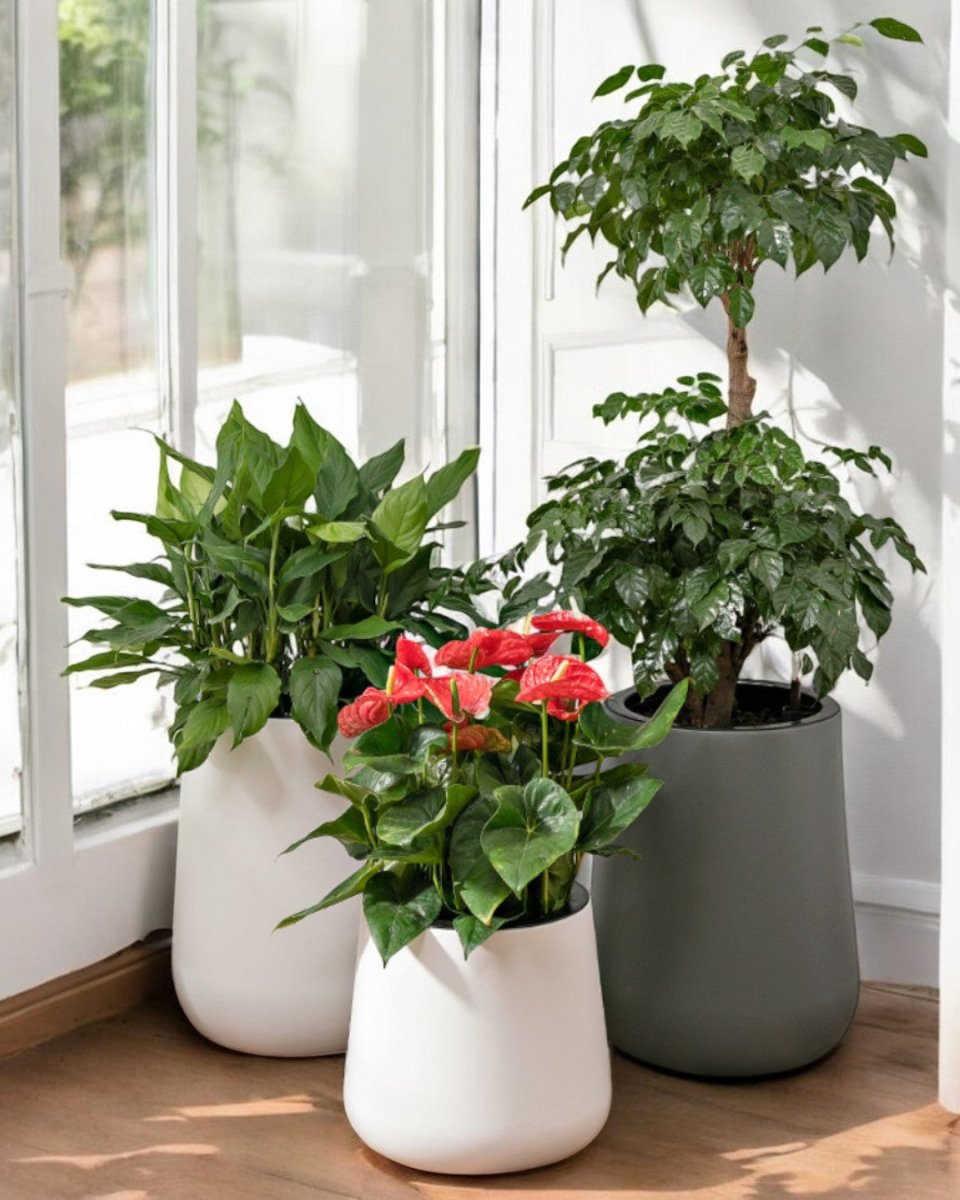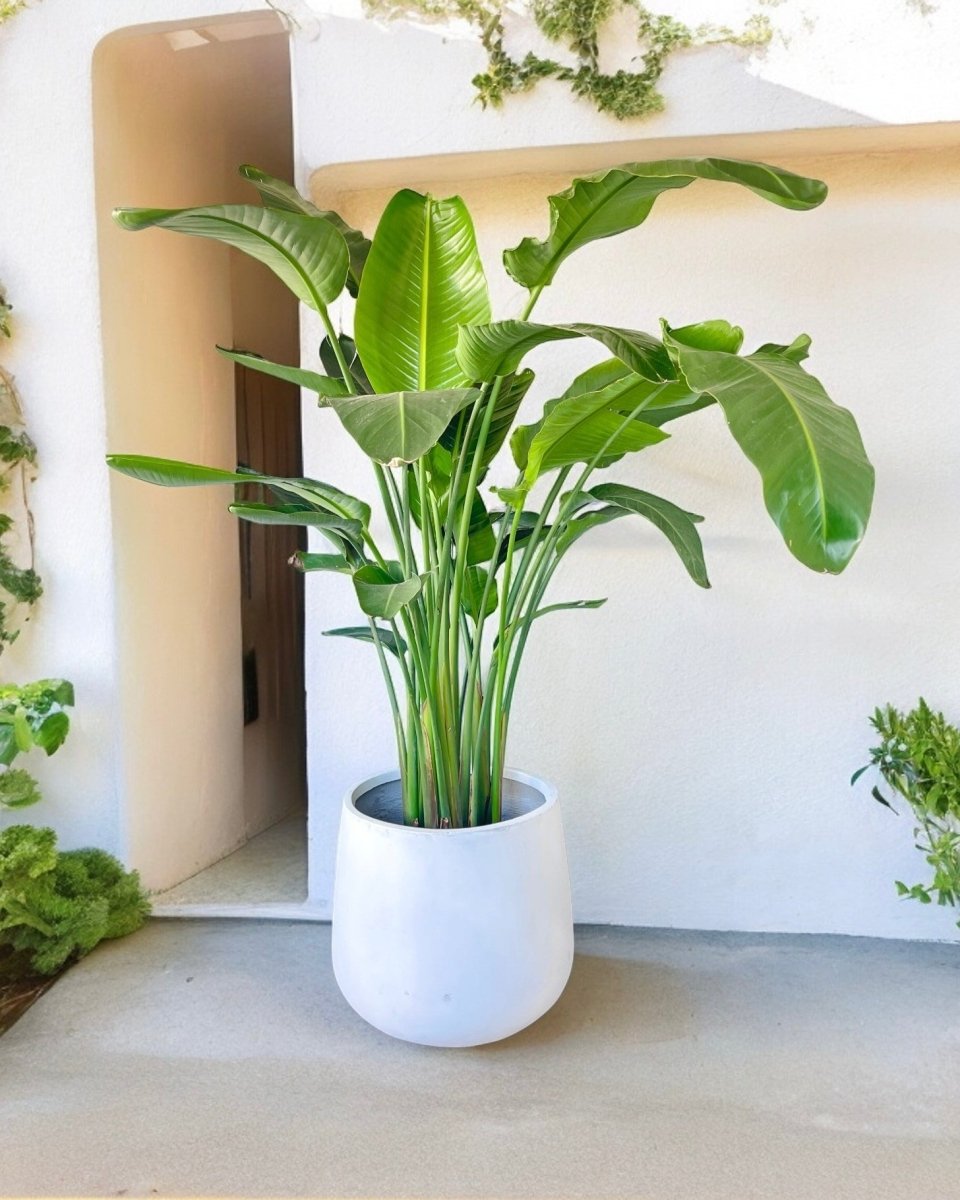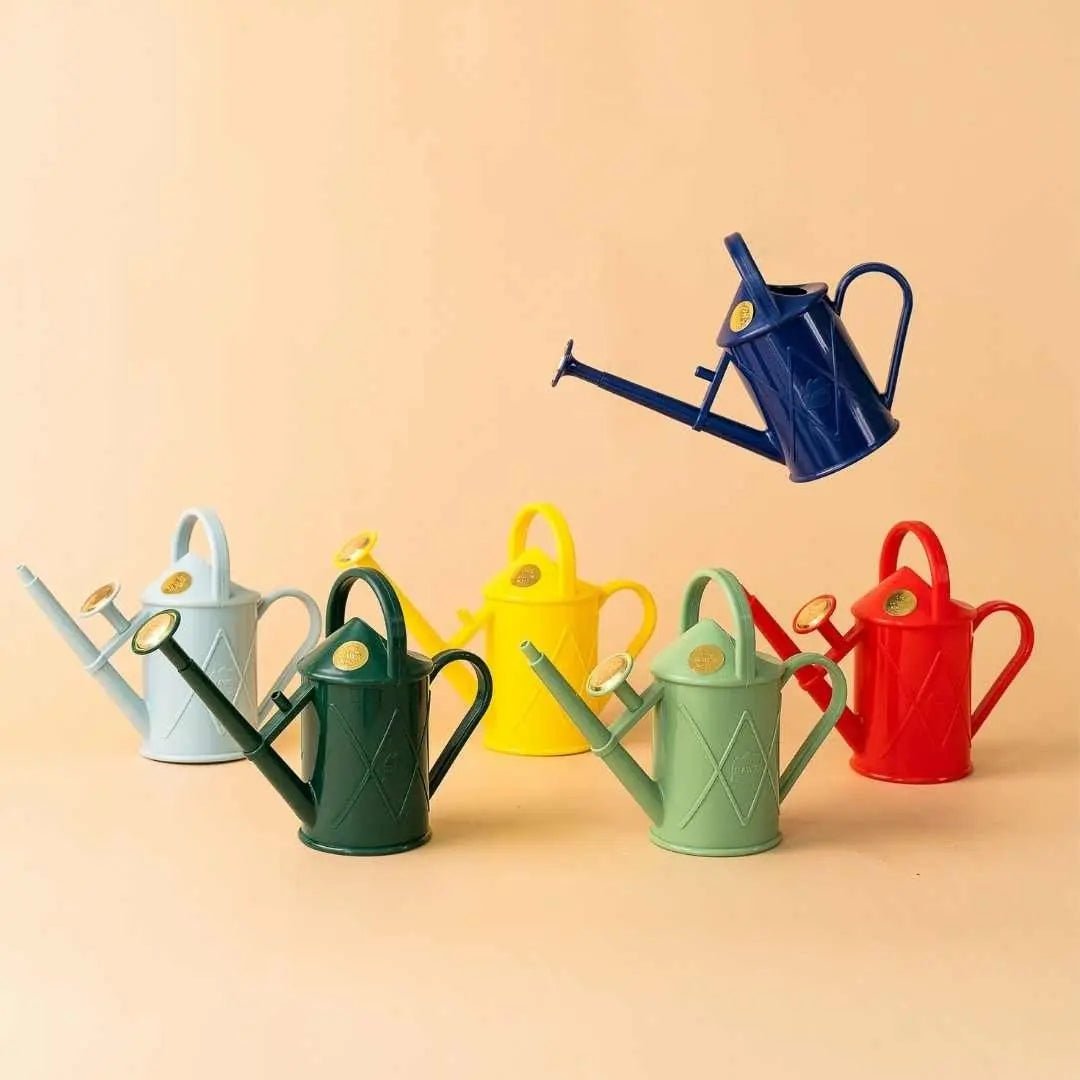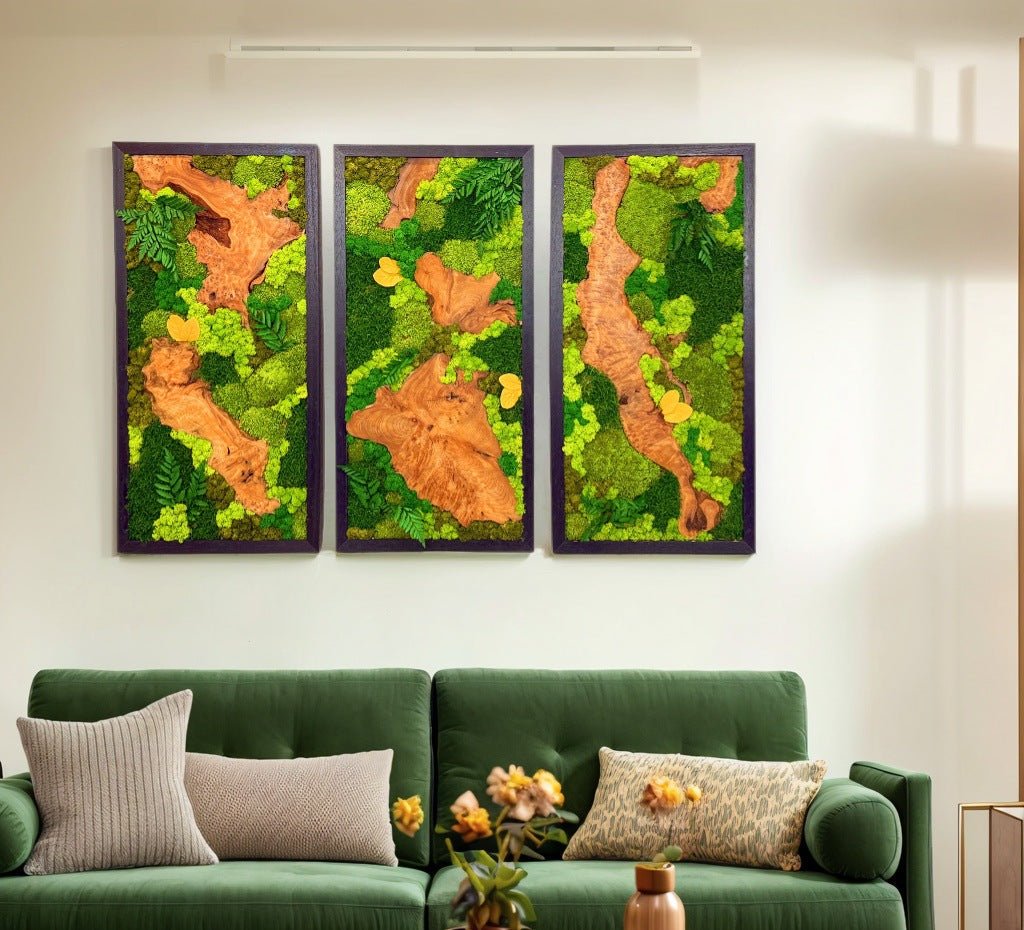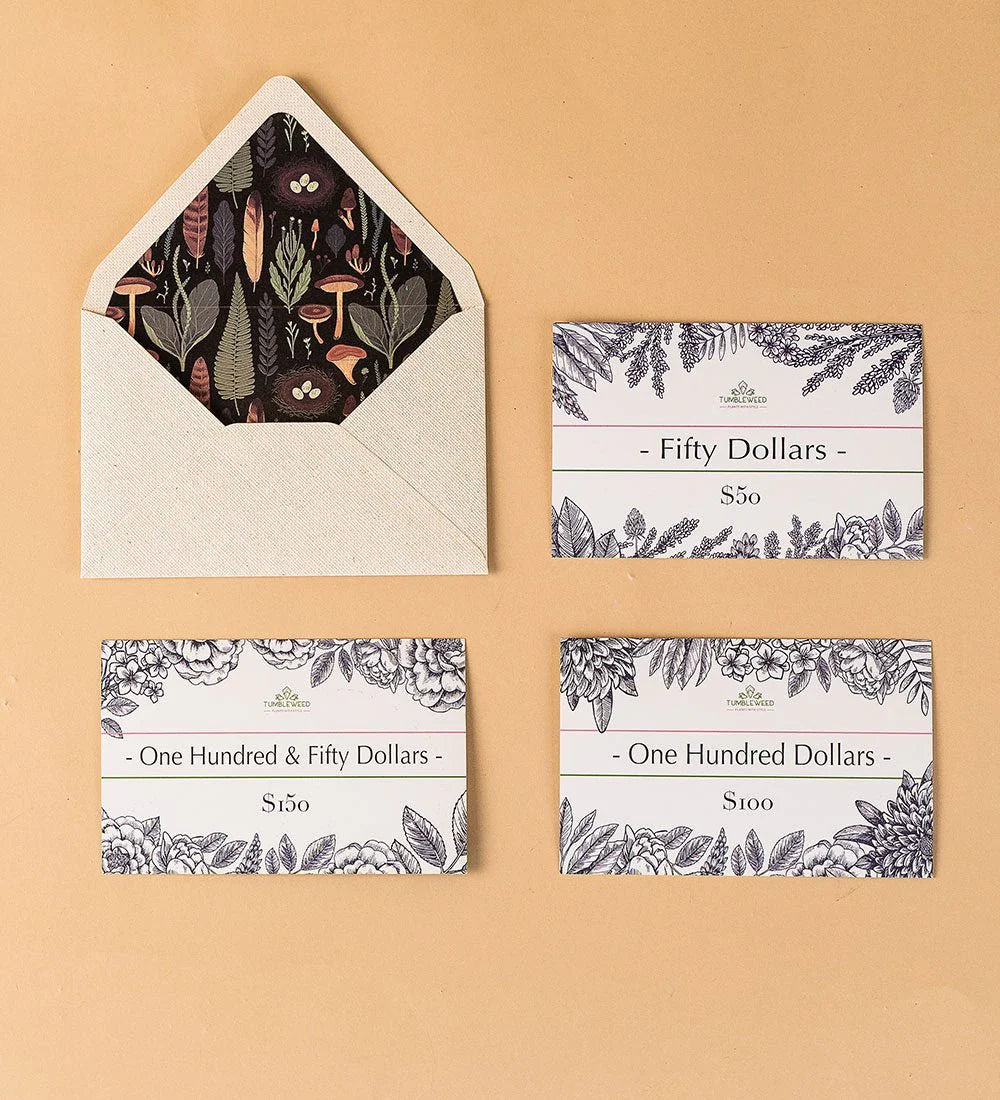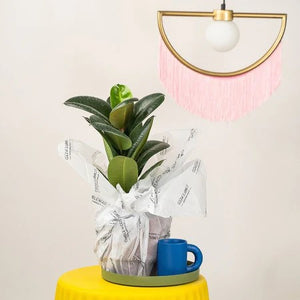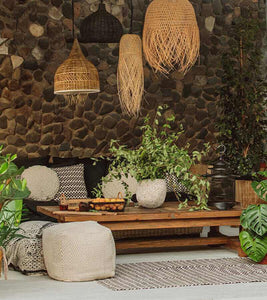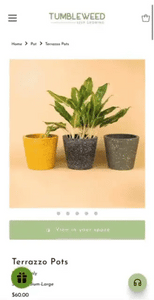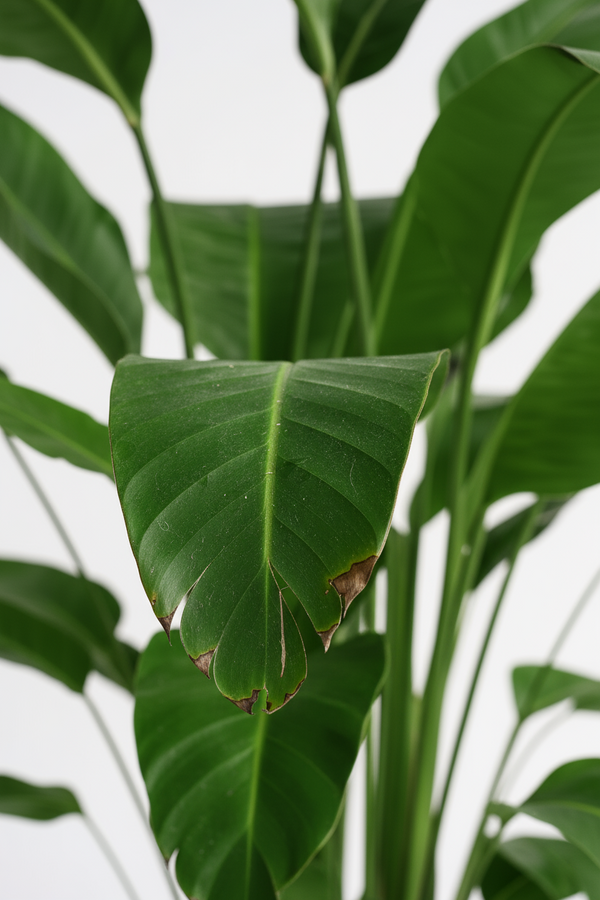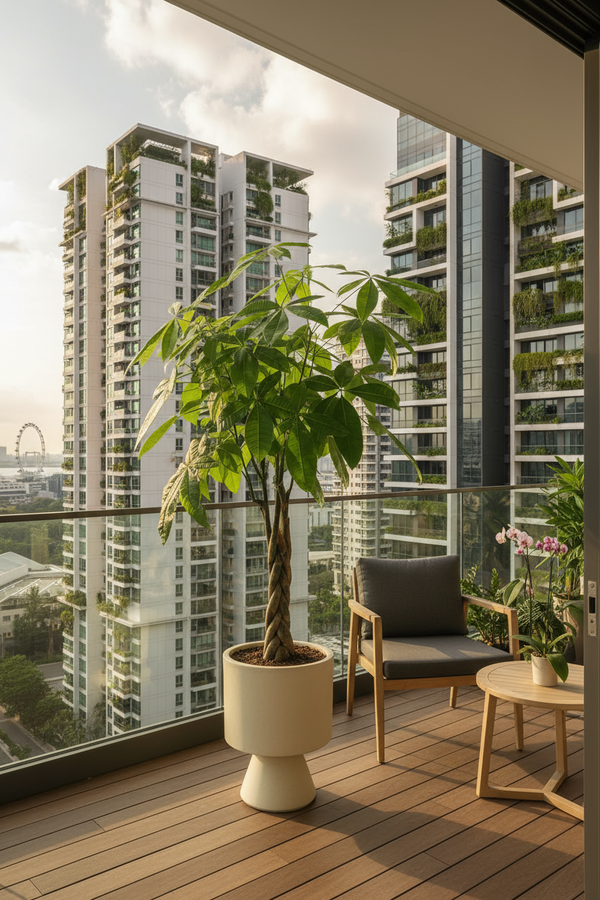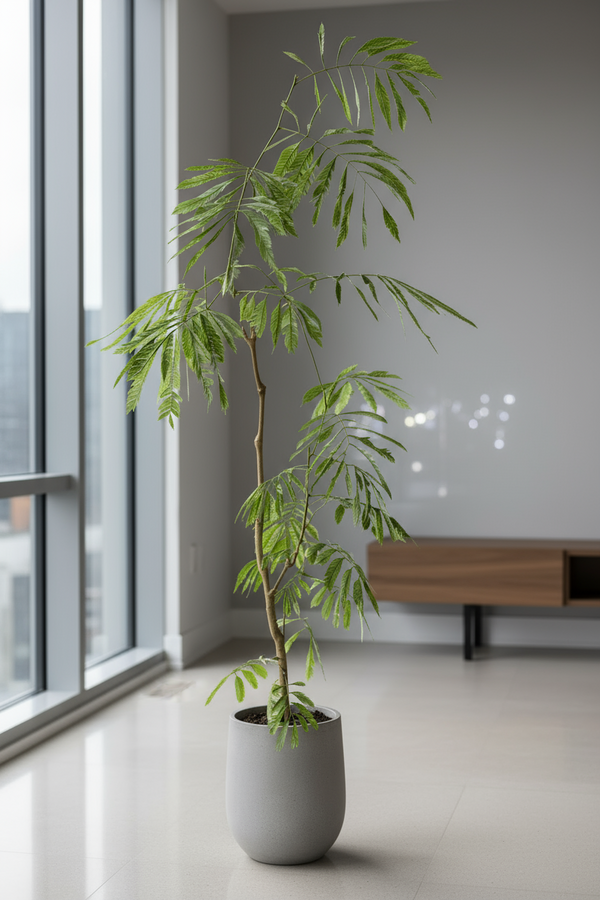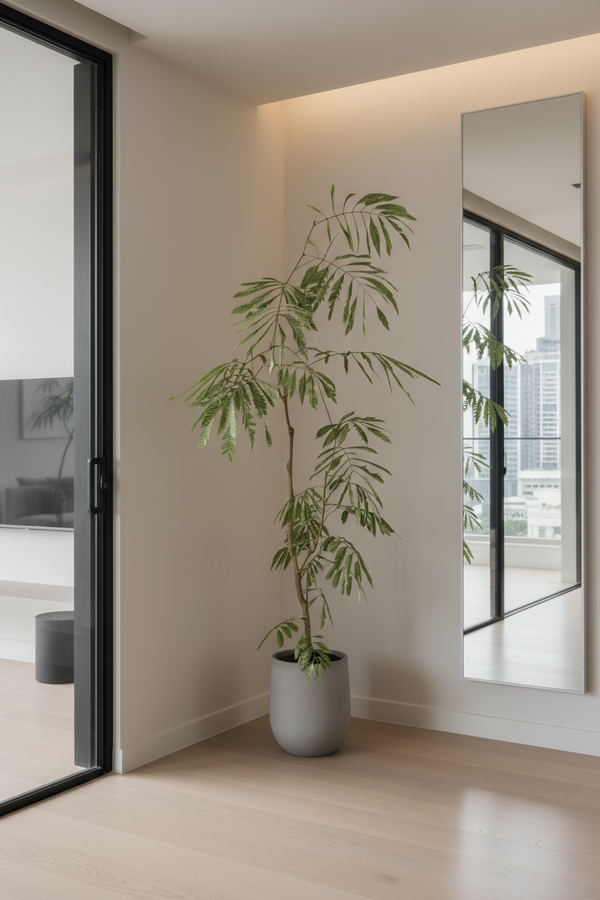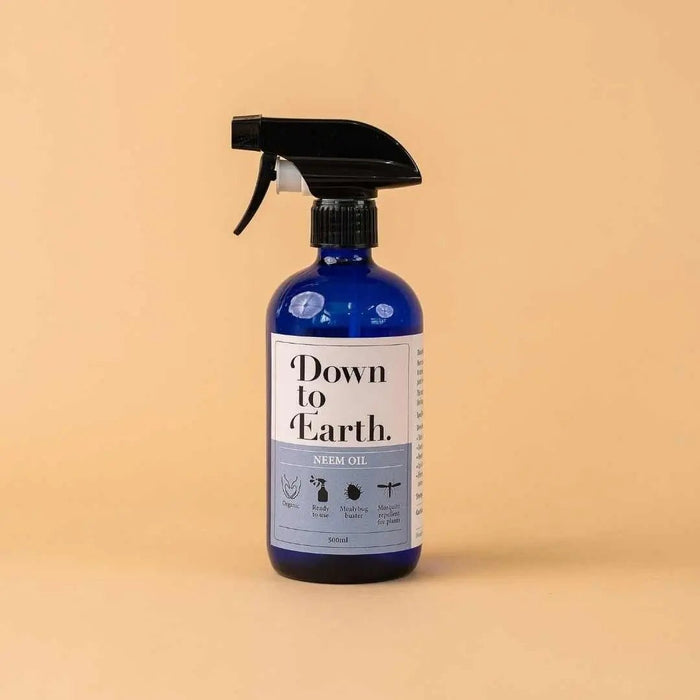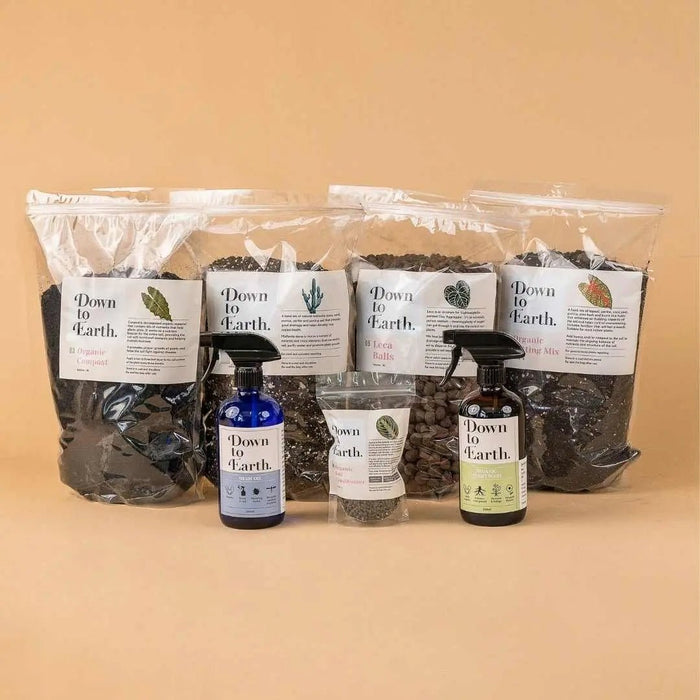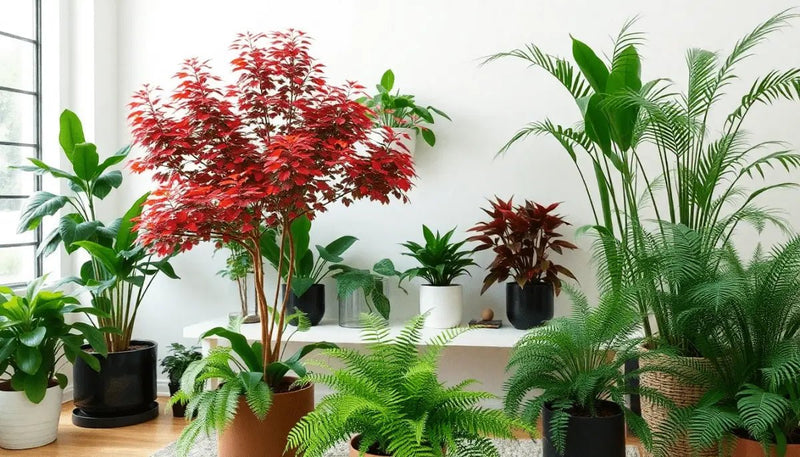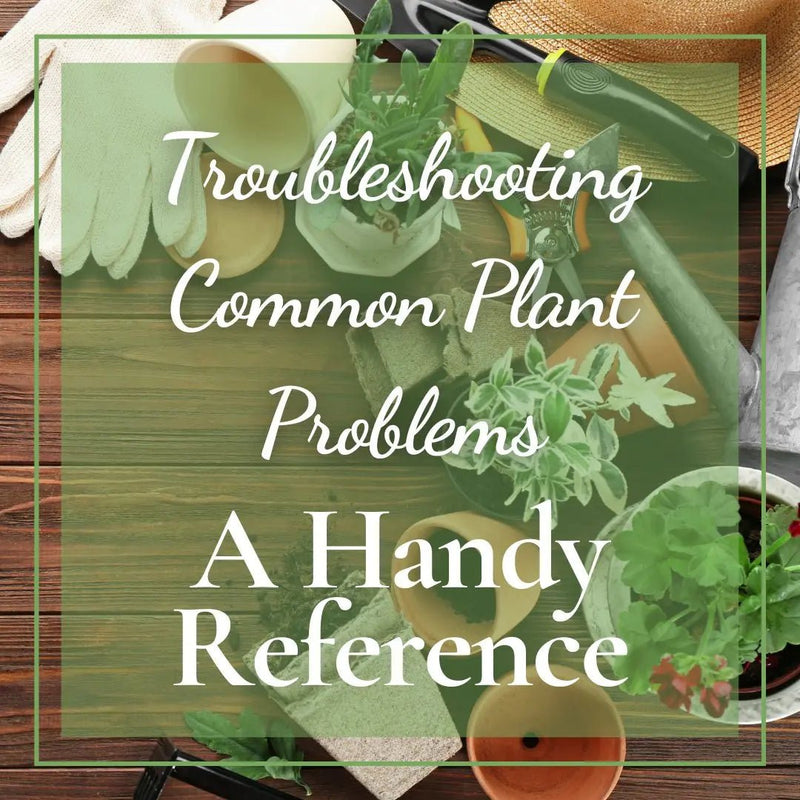Mixing Faux with Real: Styling Tips for a Seamless Greenery Design
Posted on November 06 2025
Bring the outdoors in with confidence by blending artificial plants with live greenery in your home. Mastering the art of mixing faux with real ensures lasting beauty and makes maintenance a breeze—while still delivering that lush, organic vibe.
Benefits of Mixing Faux and Real Greenery
Combining artificial and living plants lets you enjoy the best of both worlds. Faux plants require little care, always look fresh, and can brighten spaces where real plants struggle. Live greenery brings natural texture and a breath of fresh air, enhancing indoor environments and even improving the mood.
- Saves time on plant care without sacrificing aesthetics.
- Adds longevity and consistency to your design.
- Enables creative flexibility for hard-to-decorate spaces.
Choosing the Right Plants
Select faux and real varieties that complement one another. Pay attention to texture, leaf shape, and color. High-quality artificial greens are essential—look for realistic veining, color variation, and natural finishes.
- Choose live plants suited to your space’s light and climate.
- Pair those with similar-looking artificial varieties for cohesion.
- Avoid overly glossy or obviously plastic faux options.
Matching Styles and Shapes
Match plant types with similar structural features. For example, combine live pothos with faux trailing ivy, or pair a real snake plant with an artificial version in a different size or pattern. Mixing leaf shapes and shades helps avoid monotony.
Placement: Blending for Realism
Strategic placement is key to creating a seamless mix. Tuck faux plants where lighting is low or maintenance is difficult, such as on high shelves or in dim corners. Use live plants in spaces with adequate sunlight and better airflow.
- Intermingle faux among real plants to blur lines.
- Layer taller fakes behind living specimens.
- Group plants closely for a lush, natural effect.
Display Strategies
Rotate positions seasonally, or swap faux and real locations to keep your greenery design feeling fresh. Vary plant heights and groupings to add depth and interest.
Potting and Planter Tips
Choosing matching or coordinating containers completes the illusion. Use similar planters for both faux and real plants, or blend materials and finishes for visual continuity.
- Place artificial stems in soil, pebbles, or moss to mimic real conditions.
- Repot faux specimens in real soil or substrates for added realism.
Accessorizing Thoughtfully
Add decorative stones, bark, or sand to the top of planters. These details increase authenticity and unify the look between your living and artificial greenery.
Practical Maintenance
Live plants still need care to stay healthy and attractive—while artificial ones must be regularly cleaned to avoid dust buildup. Make both part of your routine for a continuously stunning display.
- Wipe faux leaves with a damp cloth as needed.
- Prune real greenery to match the overall design.
- Rotate both types to ensure even exposure to light and attention.
Common Mistakes and How to Avoid Them
Avoid clustering all faux plants together, which makes them easy to spot. Spreading them among live plants is important. Using poorly made faux plants or neglecting them can detract from your décor.
- Invest in quality artificial greenery.
- Regularly inspect both real and faux for signs of wear or neglect.
- Be mindful of scale—don’t overwhelm small spaces with too much foliage.
Personalizing Your Greenery Design
Add your style through thoughtful arrangement. Incorporate trellises for climbing plants, terrariums for smaller specimens, or display a statement piece as a focal point. Layer in different heights, shapes, and textures for a design that reflects your personality.
Conclusion
Blending artificial and real plants gives your space a natural, curated look that’s easy to maintain year-round. Start mixing faux with real for a seamless greenery design and enjoy vibrant, long-lasting beauty in every corner of your home.




